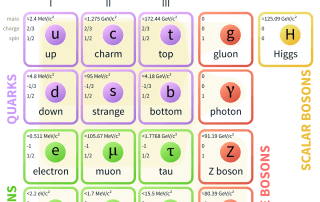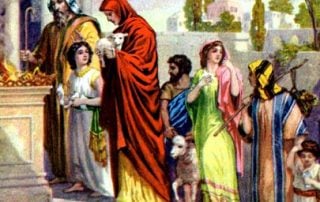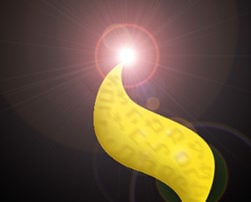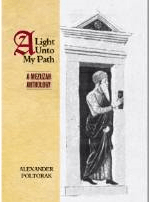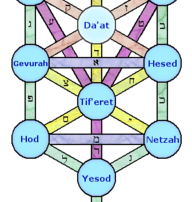Dvorim — the fifth book of Torah
Symmetry and Love — Jewish Chromodynamics
Ye are standing this day all of you before the Lord your G‑d: your heads, your tribes, your elders, and your officers, even all the men of Israel, your little ones, your wives, and thy stranger that is in the midst of thy camp, from the hewer of thy wood unto the drawer of thy water; that thou shouldest enter into the covenant of the Lord thy G‑d—and into His oath—which the Lord thy G‑d maketh with thee this day. (Deut. 29:9-11) The above verses at the beginning of the Torah portion Nitzavim that is always read in the week preceding the Jewish New Year, Rosh HaShanah, are usually interpreted in terms of the unity of Jewish people: You are standing this day all of you [read: standing together in perfect unity]. This is not [...]

